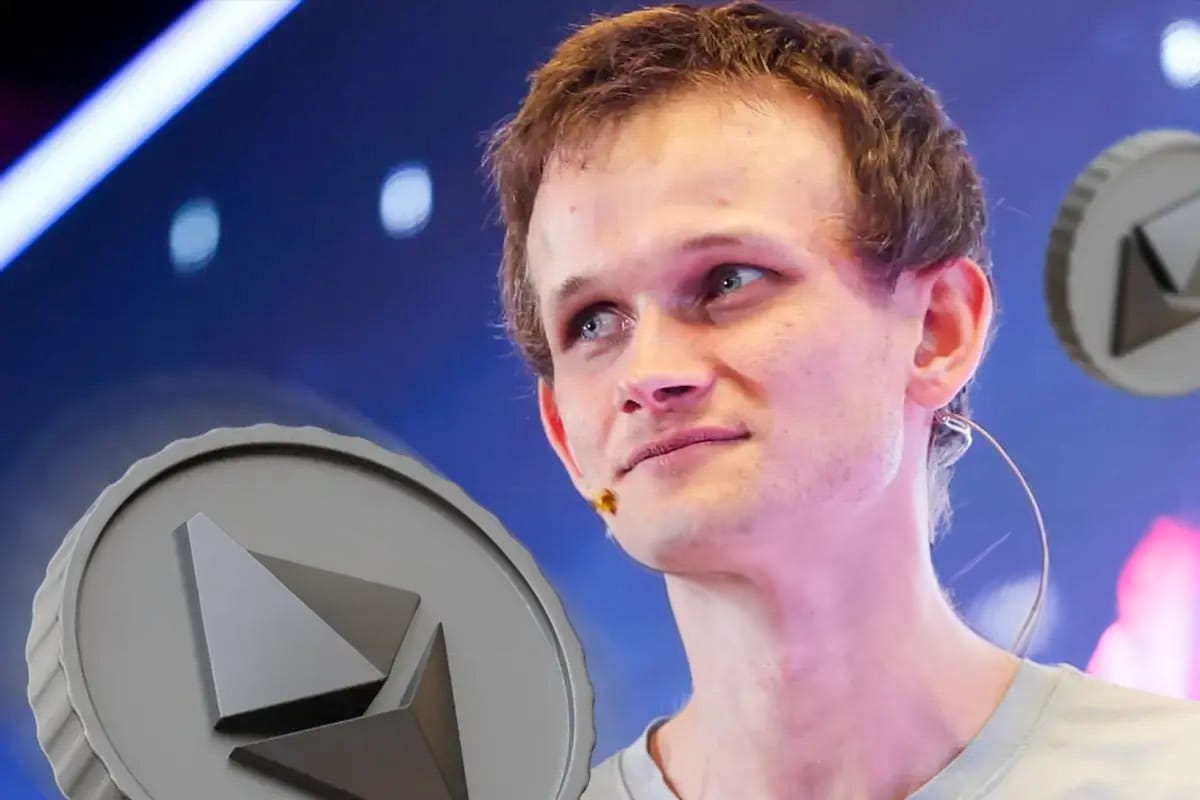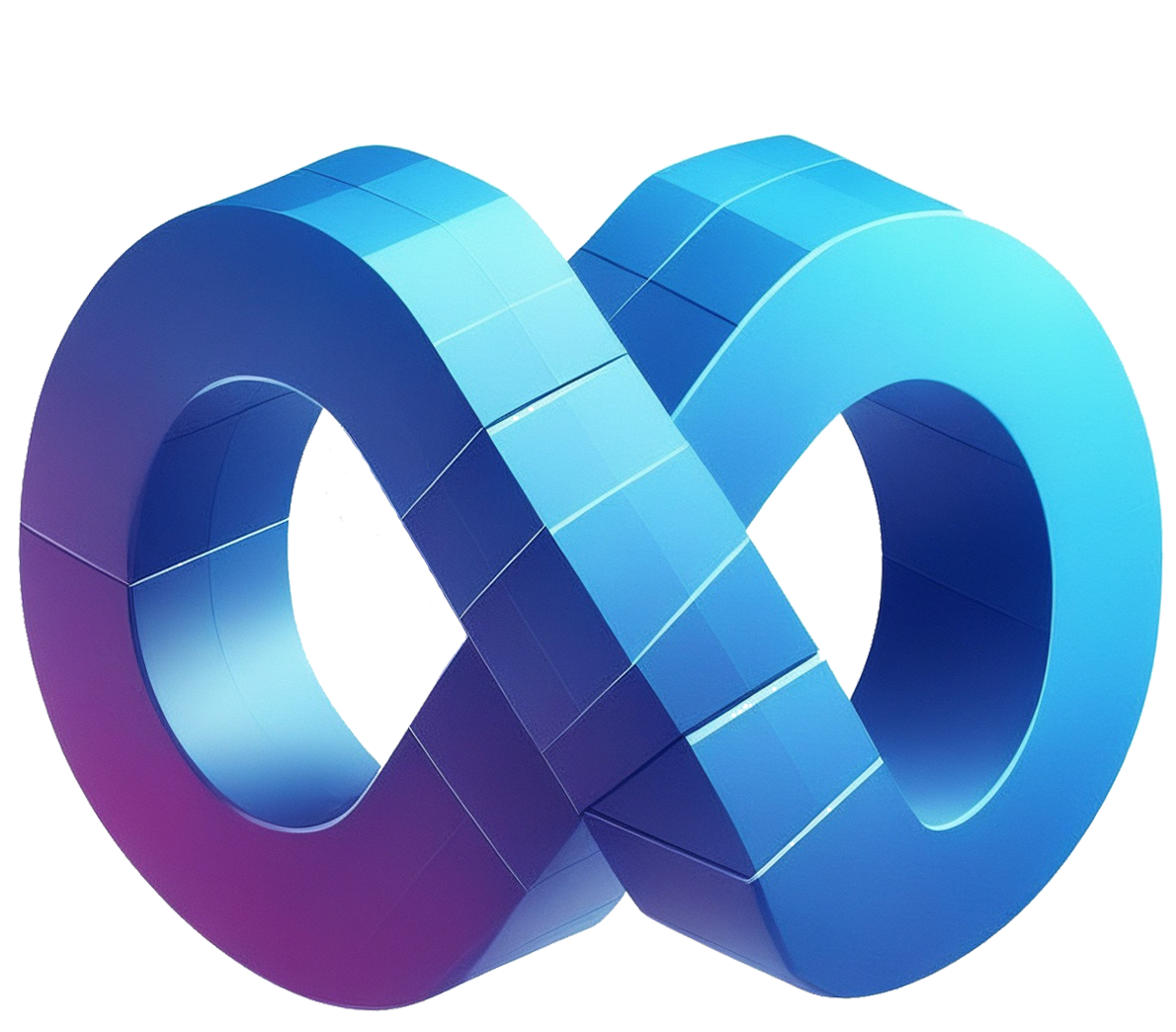Vitalik Buterin Plans to Simplify Ethereum and Rival Bitcoin’s Efficiency by 2030

Vitalik Buterin has unveiled an ambitious vision to streamline the Ethereum network, aiming to make it as straightforward and efficient as Bitcoin within five years. In a detailed blog post published on May 3, titled “Simplifying the L1,” Buterin outlined a comprehensive strategy to overhaul Ethereum’s architecture, focusing on its consensus, execution, and shared components.
The goal is to enhance the network’s efficiency, security, and accessibility while addressing the technical complexities that have slowed development and increased costs. By drawing inspiration from Bitcoin’s minimalist design, Buterin seeks to ensure Ethereum’s long-term scalability and resilience in a competitive blockchain landscape.
Buterin emphasized that Ethereum’s historical tendency toward complexity, sometimes driven by his own decisions, has led to prolonged development cycles, heightened security risks, and an insular research culture. Recent advancements, such as the transition to proof-of-stake and the integration of Zero-Knowledge Succinct Non-Interactive Argument of Knowledge (zk-SNARK), have strengthened Ethereum but also introduced challenges. These include higher development costs and the potential for bugs, which Buterin believes can be mitigated through a simpler protocol. His vision is to create a leaner, more auditable system that prioritizes clarity and decentralization, qualities he views as interconnected.
Stay In The Loop and Never Miss Important Crypto News
Sign up and be the first to know when we publishStreamlining Consensus and Execution for a Leaner Ethereum
A cornerstone of Buterin’s proposal is the simplification of Ethereum’s consensus layer, particularly through the adoption of a “3-slot finality” model. This approach eliminates intricate elements like epochs, sync committees, and validator shuffling, allowing for simpler fork choice rules.
By reducing the number of active validators at any given time, the model enhances the safety of implementing these rules, making the network more robust. Additionally, Buterin advocated for Scalable Transparent Argument of Knowledge (STARK)-based aggregation protocols to decentralize and streamline network coordination, further reducing complexity.
On the execution front, Buterin proposed transitioning from the Ethereum Virtual Machine (EVM) to a zero-knowledge-friendly virtual machine, such as one based on RISC-V, an open-source instruction set architecture known for its minimalist design. This shift could deliver significant performance improvements, particularly for zero-knowledge proofs, potentially boosting efficiency by up to 100 times. To ensure a smooth transition, Buterin suggested running legacy EVM contracts onchain via a RISC-V interpreter, allowing both virtual machines to coexist temporarily. This approach preserves compatibility with existing applications while paving the way for a more efficient future.
Beyond these technical changes, Buterin called for protocol-wide standardization to eliminate redundant complexity. He recommended adopting a unified erasure coding method, a single serialization format like SSZ, and a consistent tree structure to streamline Ethereum’s tooling and infrastructure. By setting a maximum line-of-code target for consensus-critical logic, similar to the approach used by Tinygrad, Ethereum could maintain a lean and auditable codebase. Non-essential legacy features would be preserved but moved outside the core specification, ensuring the protocol remains focused on its primary objectives.
Buterin’s push for simplification comes at a critical juncture for Ethereum, as competing blockchains such as Solana and Cardano continue to gain market share. By prioritizing efficiency and accessibility, Ethereum aims to strengthen its position as a leading platform for decentralized applications. The proposed changes, if implemented, could mark a significant step toward a more resilient and user-friendly network, capable of rivaling Bitcoin’s simplicity while retaining Ethereum’s unique capabilities.

